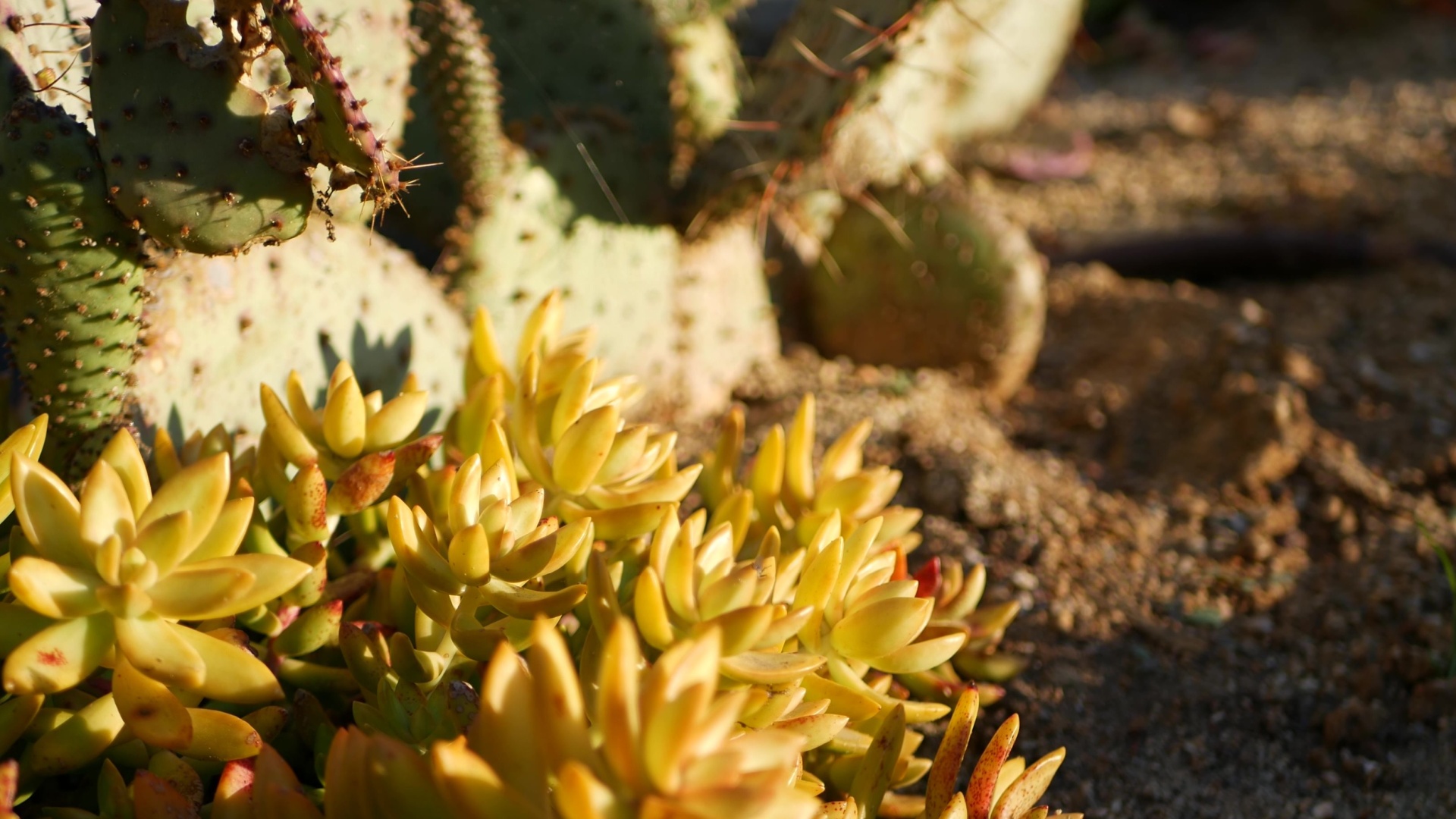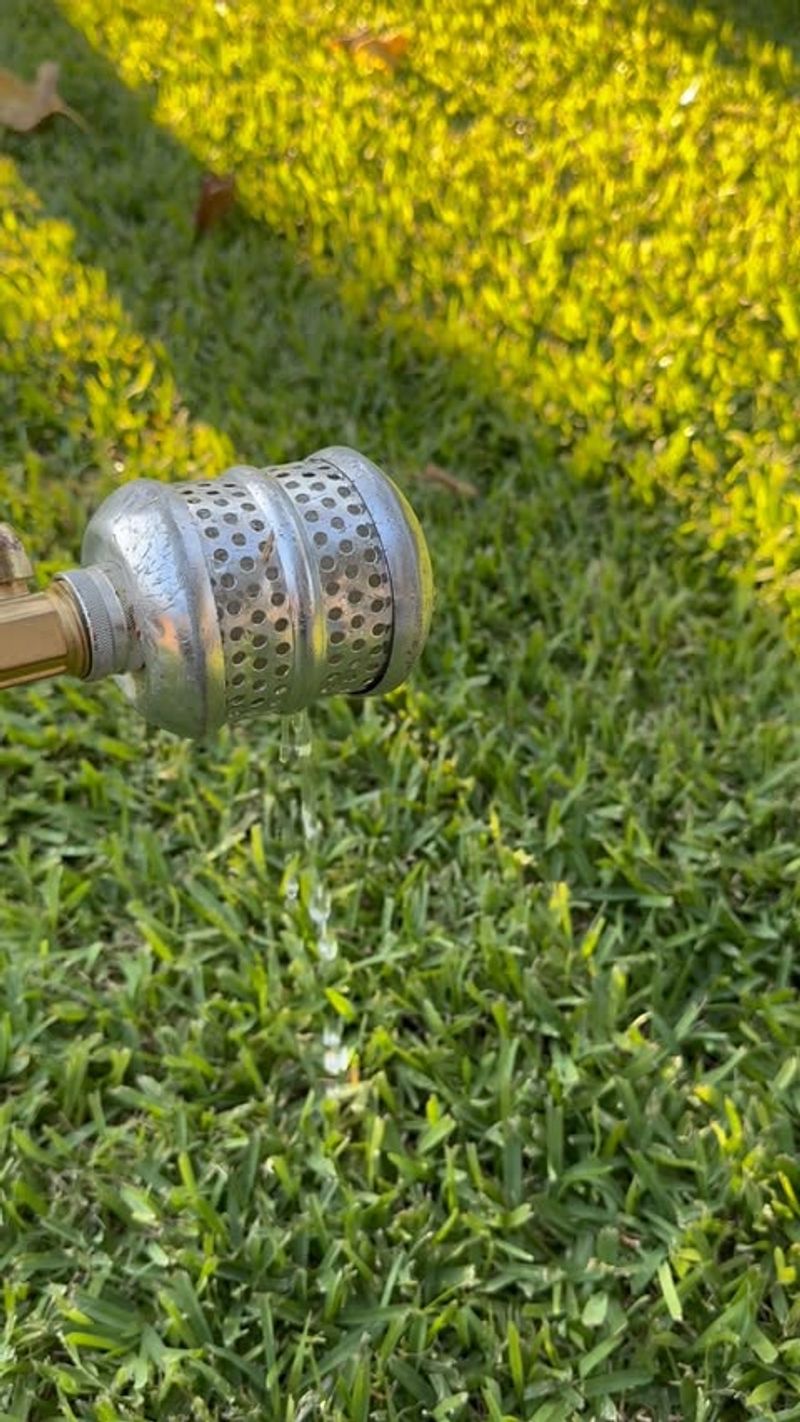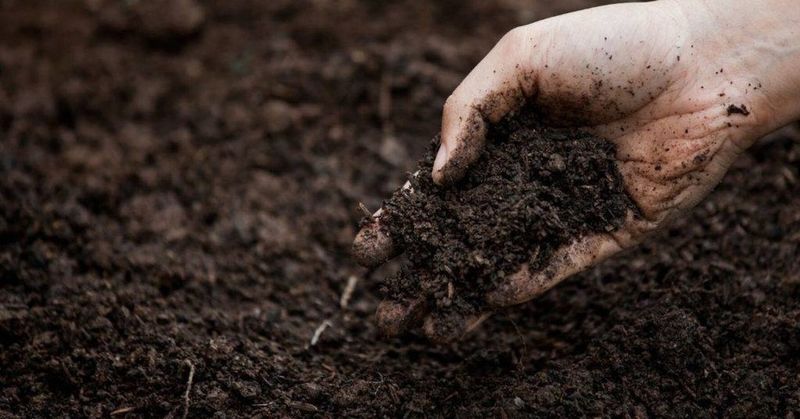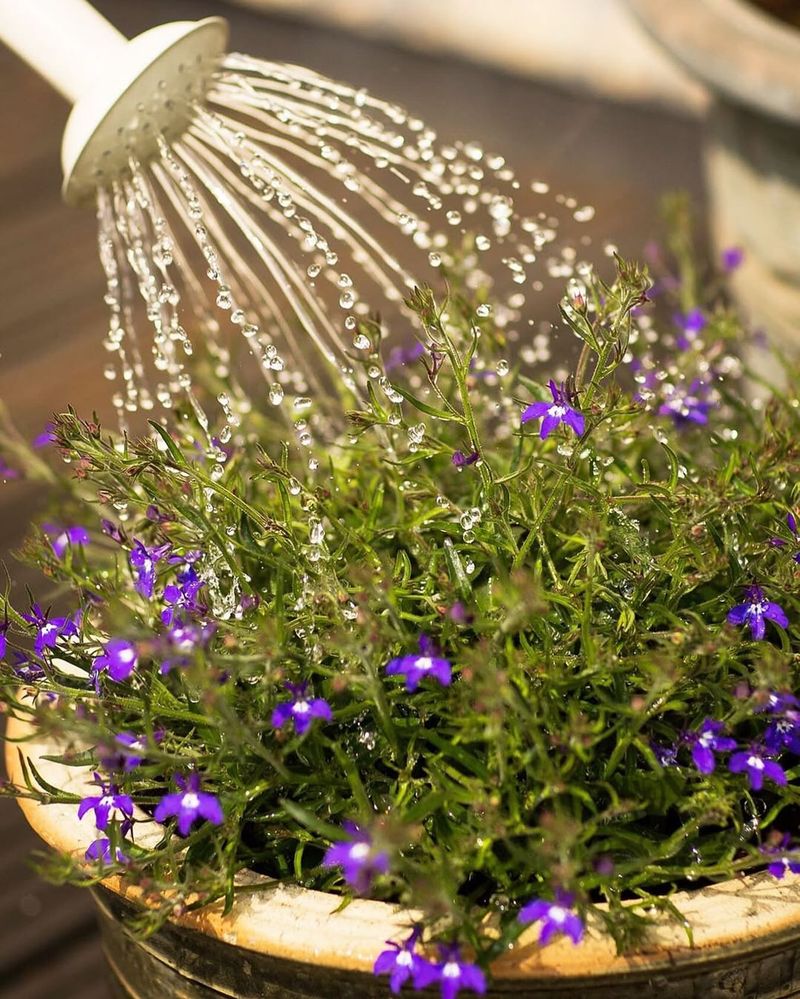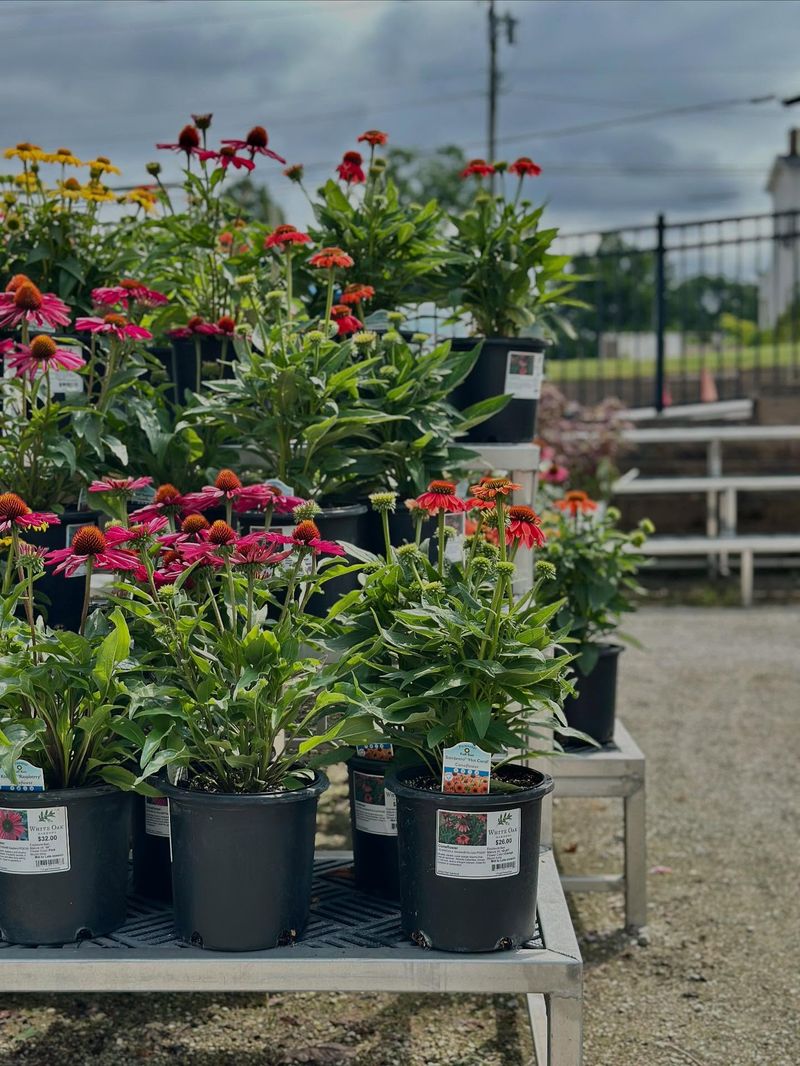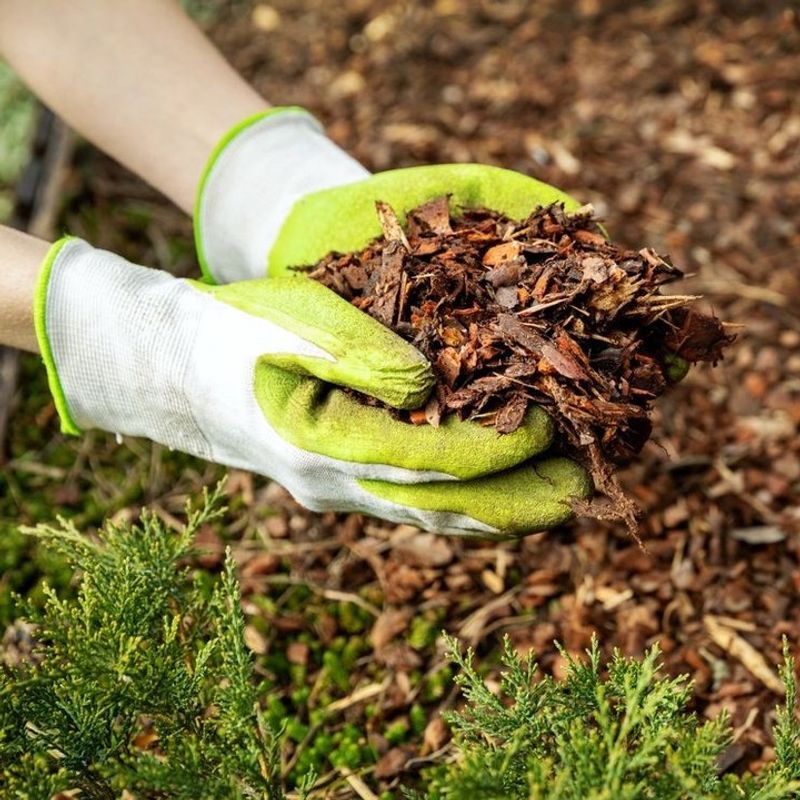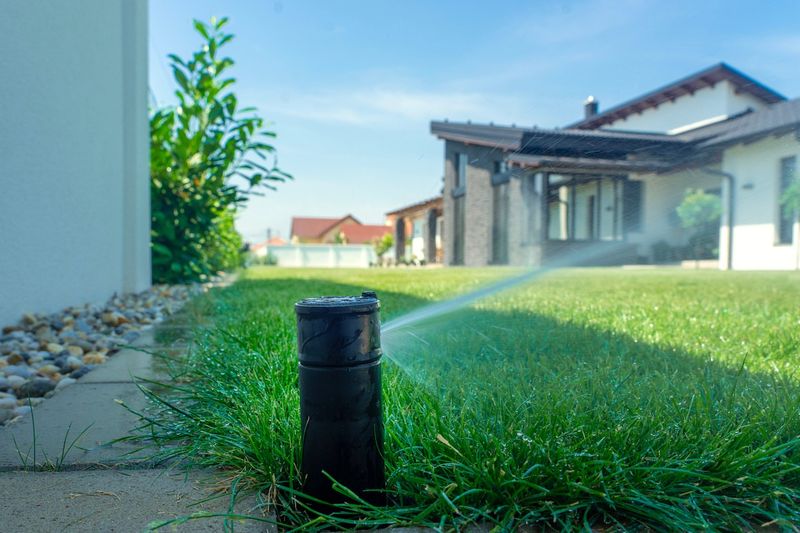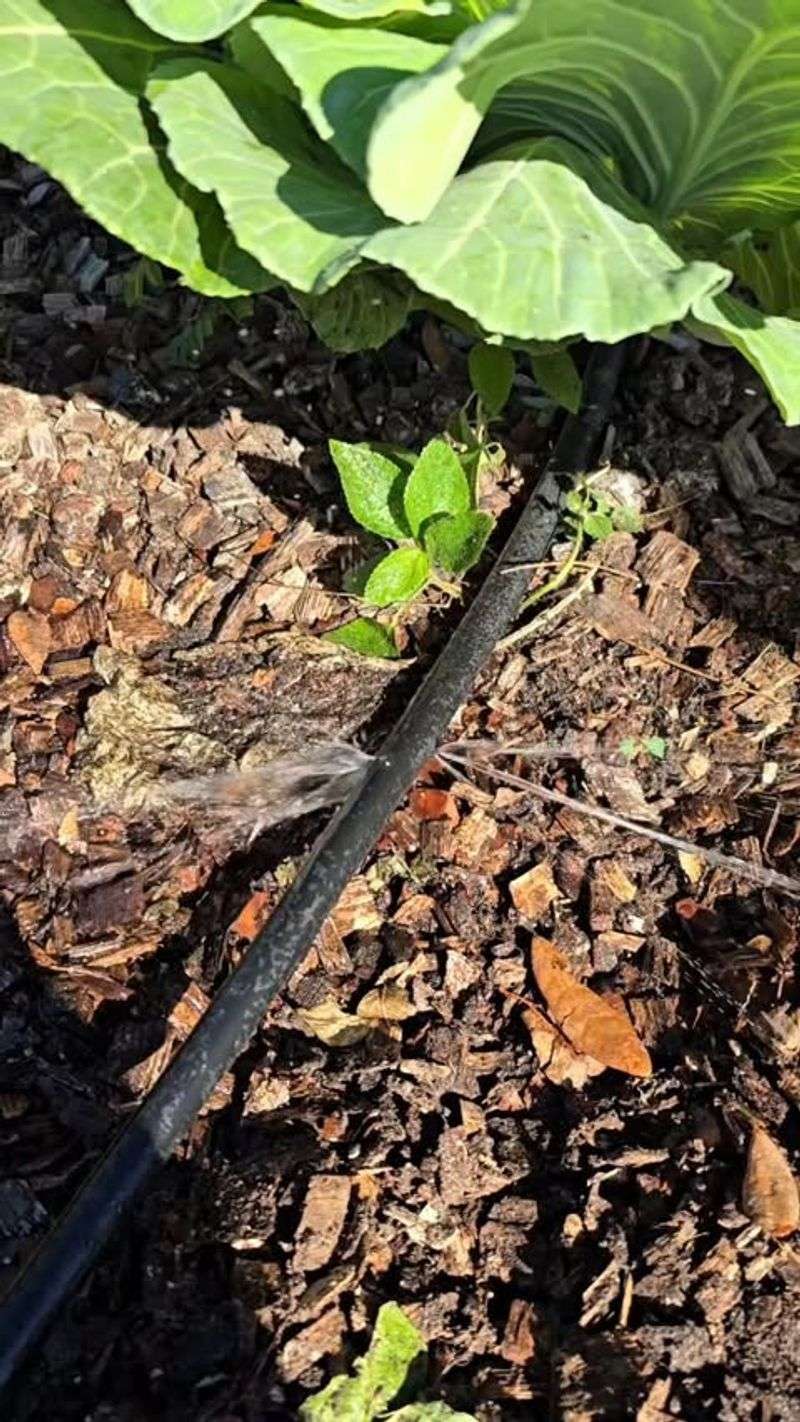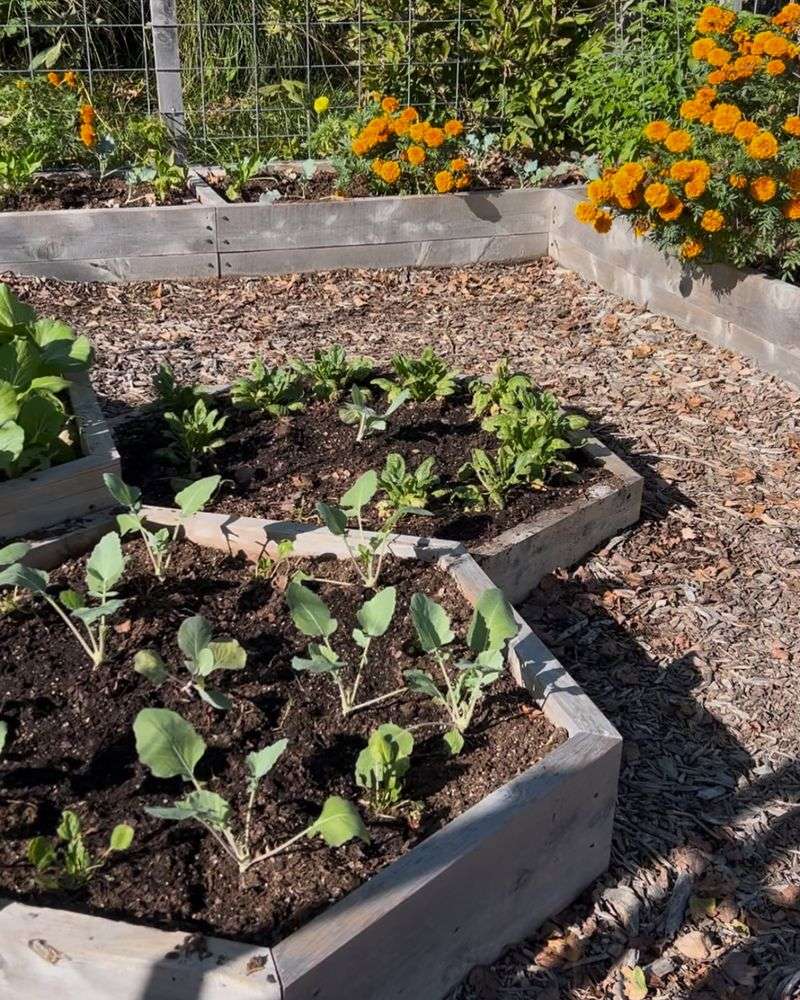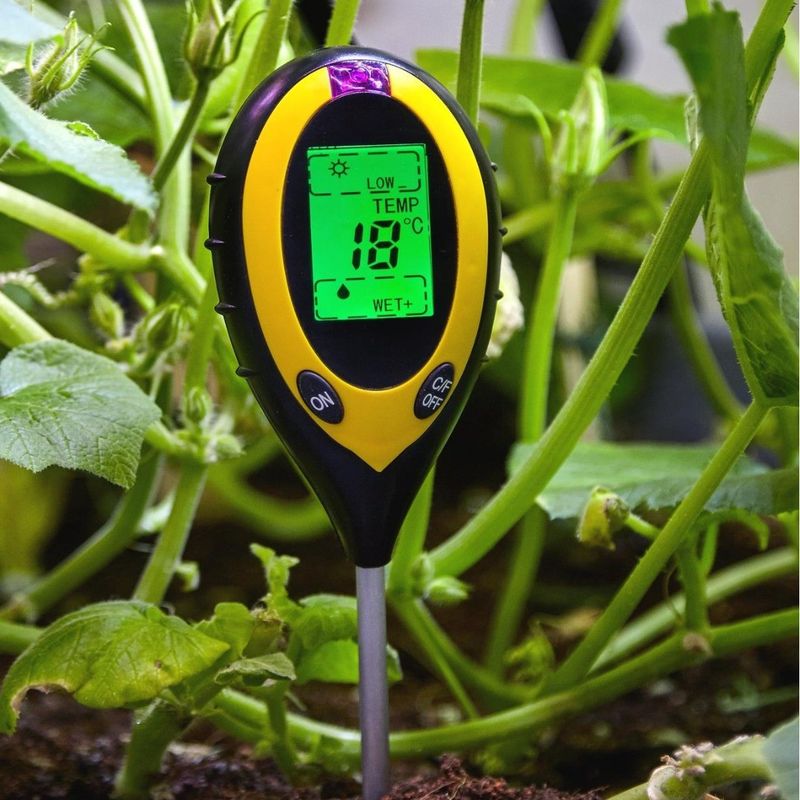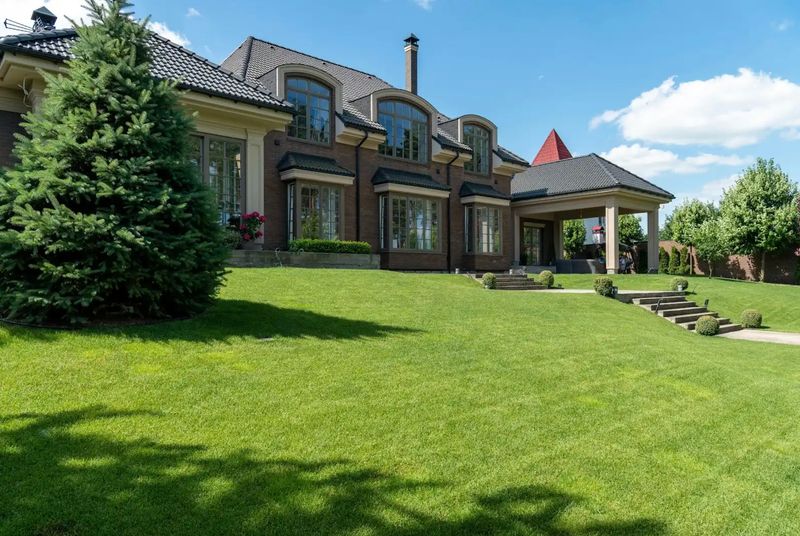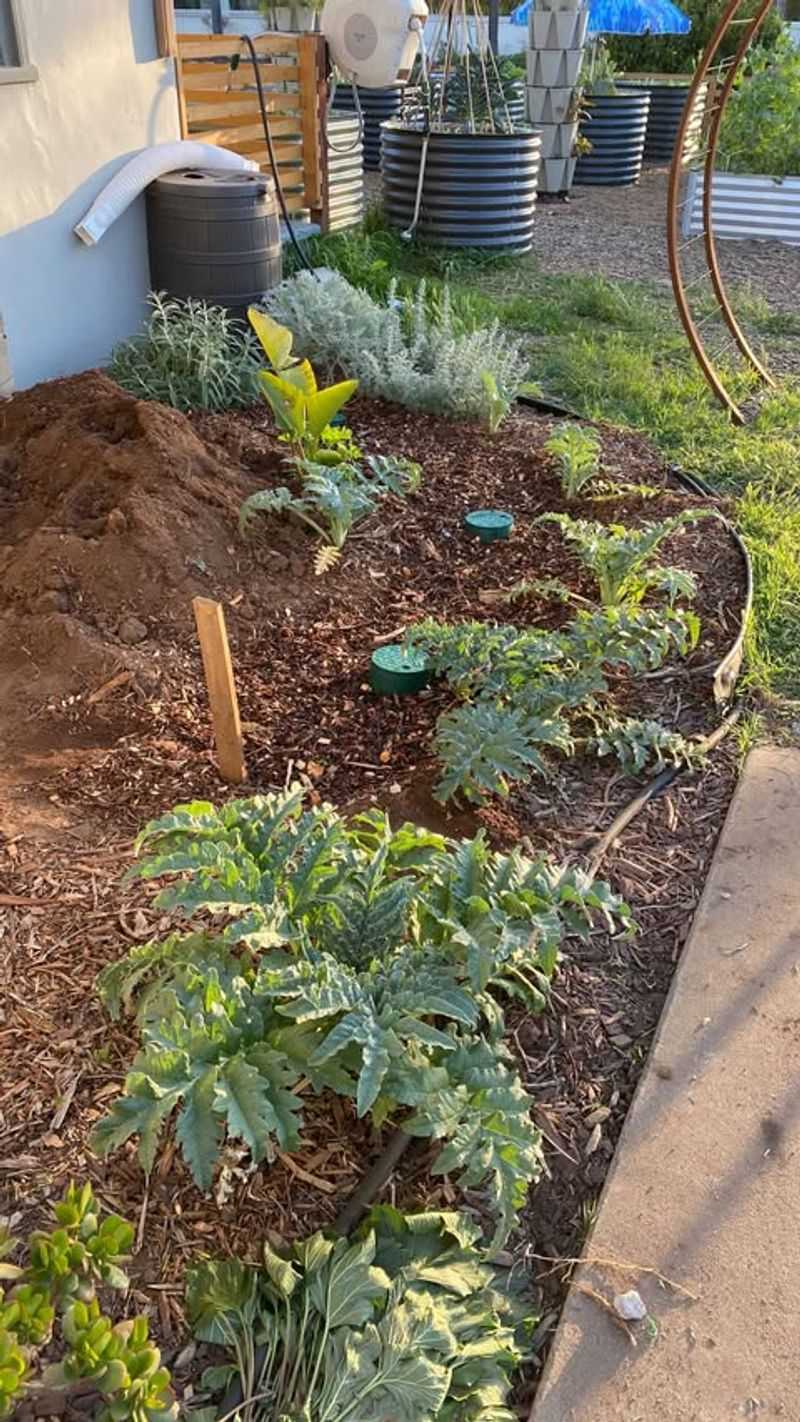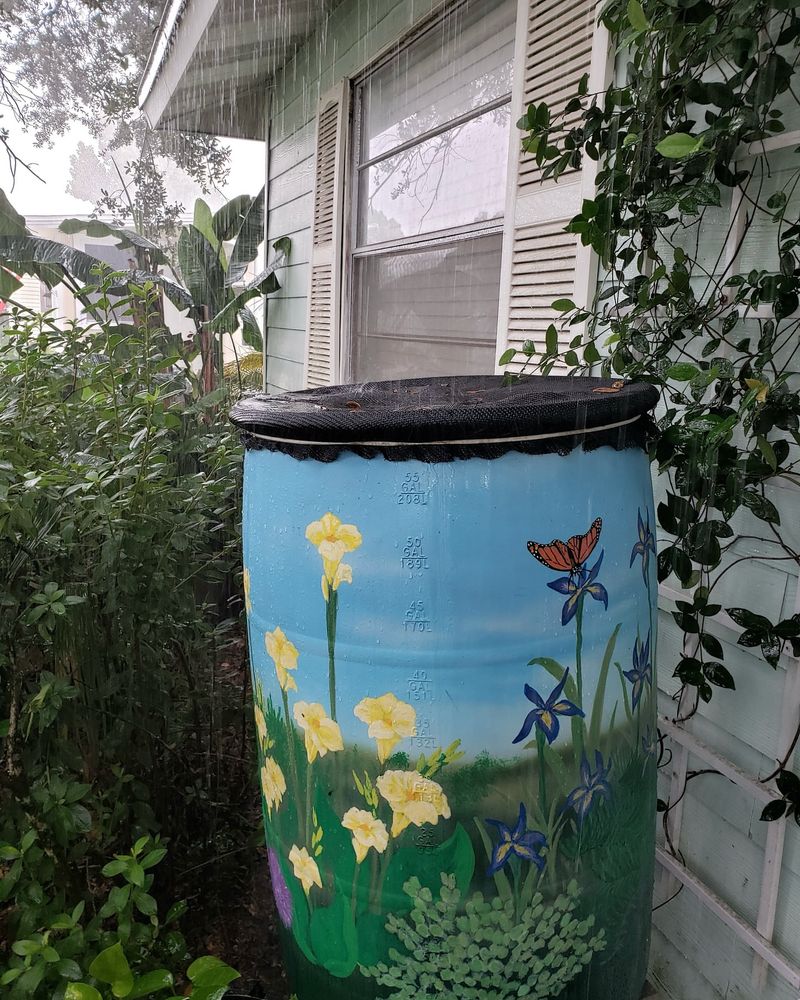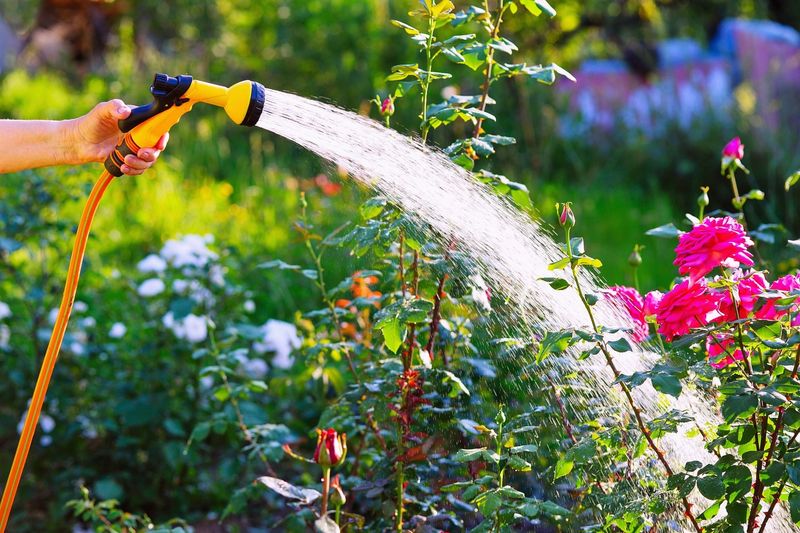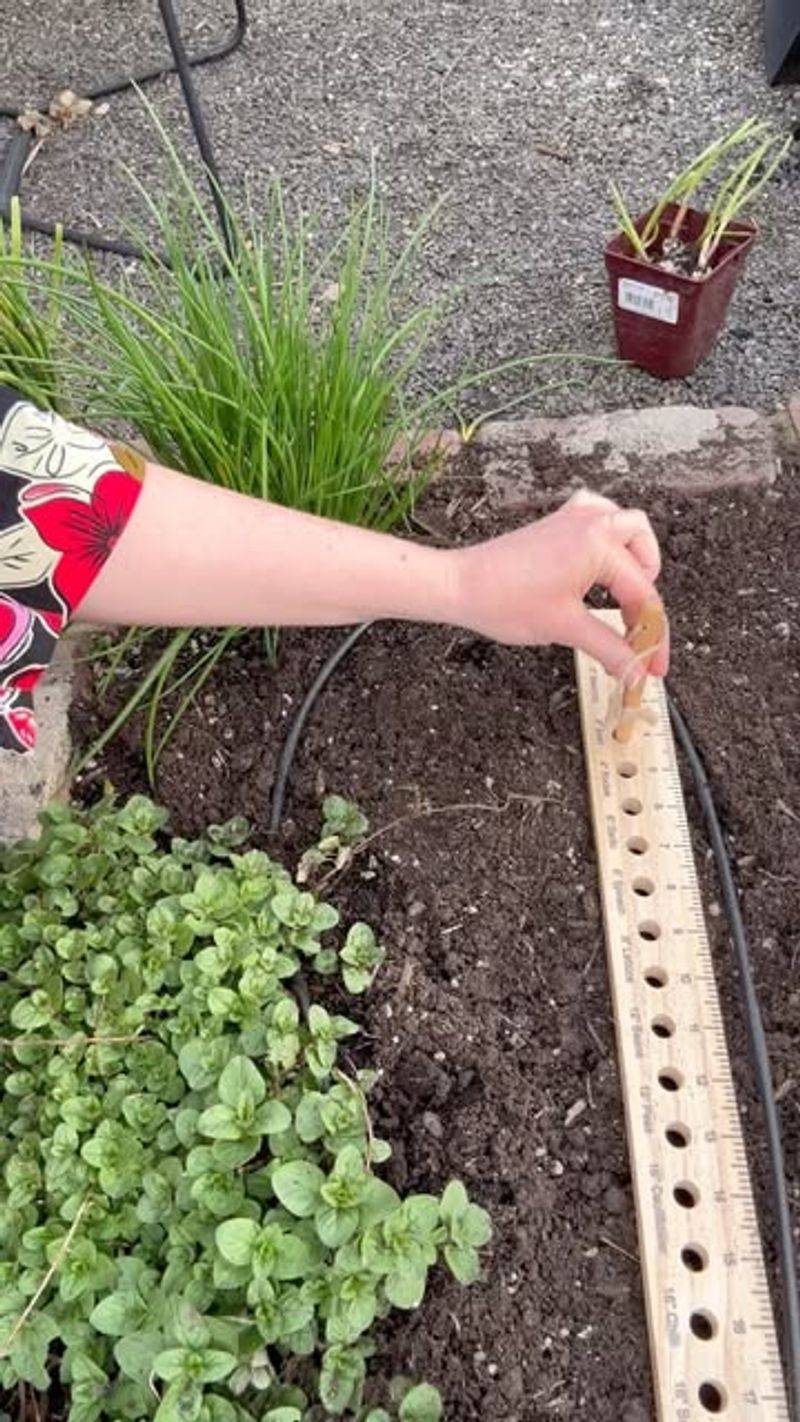Living in Nevada means adapting to our desert climate where every drop of water counts. With limited rainfall and frequent droughts, how we care for our gardens directly impacts our state’s precious water supply.
Smart gardening isn’t just good for your wallet – it’s essential for our community’s future in this beautiful but arid landscape.
1. Watering During Peak Heat
Morning is golden time for garden watering in Nevada. When you water during hot afternoons, up to 30% of moisture evaporates before plants can drink it up!
Early morning (between 5-8am) allows roots to absorb moisture before the day heats up. Evening watering works too, but can promote fungal growth if leaves stay wet overnight.
2. Ignoring Your Soil Quality
Nevada’s native soil often resembles concrete more than fertile ground. Adding organic matter works miracles by helping sandy soil retain moisture and breaking up our infamous clay patches.
Compost, aged manure, or even shredded leaves create pockets that hold water where roots can access it. Good soil means less watering and healthier plants that withstand our brutal summer heat.
3. Overwatering Established Plants
Many Nevada gardeners drown their plants with kindness! Native and desert-adapted plants actually thrive with less frequent, deeper watering that encourages roots to grow downward seeking moisture.
Signs of overwatering include yellowing leaves, soggy soil, and fungus growth. Most established plants need thorough watering only when the top 2-3 inches of soil feels dry to the touch.
4. Choosing Water-Hungry Plants
Lush English gardens look lovely in magazines but demand constant irrigation in our desert state. Native plants like desert marigold, globe mallow, and salvias evolved to thrive in our conditions with minimal water.
Xeriscaping doesn’t mean just rocks and cacti! Modern desert landscaping combines beautiful flowering perennials, ornamental grasses, and sculptural succulents in designs as colorful as any traditional garden.
5. Neglecting Mulch Application
Bare soil in Nevada gardens is like leaving your water faucet running! Mulch creates a protective barrier that dramatically reduces evaporation while regulating soil temperature.
Organic options like wood chips, pine needles, or shredded bark gradually break down to improve soil structure. Rock mulches work well too, especially in windy areas. Apply 2-3 inches around plants, keeping it pulled back from stems to prevent rot.
6. Using Outdated Sprinkler Systems
Old-school sprinklers blast water everywhere – sidewalks, driveways, and the air – while plants receive just a fraction of what’s sprayed. Modern drip irrigation delivers water directly to root zones with minimal waste.
Converting to drip systems can reduce water use by 30-50%! Many Nevada water authorities offer rebates for upgrades. Smart controllers that adjust based on weather conditions provide additional savings while keeping your garden perfectly hydrated.
7. Forgetting to Check for Leaks
A pinhole leak in your irrigation system can waste hundreds of gallons monthly without showing obvious signs. Regular system inspections should be part of every Nevada gardener’s routine.
Look for unusually wet spots, areas of lush growth, or eroded soil near irrigation lines. Turn on your system and watch for broken emitters, misaligned sprinklers, or damaged hoses. Small fixes prevent big water bills and protect our precious desert resources.
8. Creating Scattered Plant Islands
Dotting individual plants across your yard creates watering nightmares in our harsh climate. Each isolated plant becomes a vulnerable island requiring its own irrigation zone.
Grouping plants with similar water needs (called hydrozoning) allows efficient irrigation while creating visual impact. Place thirstier plants in naturally cooler spots like north-facing areas or where they receive afternoon shade from buildings or larger plants.
9. Skipping Soil Moisture Checks
The appearance of soil can be deceiving in Nevada’s dry climate. Surface dust might look bone-dry while plenty of moisture remains available at root level.
Simple moisture meters provide accurate readings, but a screwdriver works too – if it slides easily into soil, there’s adequate moisture. Waiting until plants show stress signs (wilting, color changes) means you’ve waited too long and risked permanent damage.
10. Maintaining Large Lawns
Green lawns in Nevada are basically water vampires! A typical grass lawn drinks up to 55 gallons per square foot annually in our desert climate – far more than any other landscape feature.
Consider reducing lawn size to functional areas only. Alternatives like buffalo grass or fine fescue varieties need 50-75% less water than traditional Kentucky bluegrass. For non-play areas, ground covers, patios, or desert-friendly garden beds offer beautiful, low-maintenance options.
11. Ignoring Wind Patterns
Nevada’s famous winds can hijack your irrigation efforts! Sprinklers operating on breezy days might deliver water everywhere except your plants.
Creating windbreaks with strategic fencing, shrubs, or garden walls protects plants and reduces moisture loss. For existing gardens, switching to low-angle sprinklers or drip systems keeps water where it belongs. Morning watering typically means calmer conditions and better water delivery.
12. Overlooking Rain Harvesting
Even in our dry state, rain harvesting makes perfect sense! Those occasional desert downpours deliver pure, free water that would otherwise rush away as runoff.
Simple rain barrels connected to downspouts can capture thousands of gallons annually from an average roof. More ambitious systems include dry creek beds, swales, and rain gardens that slow water flow across your property, allowing it to soak in rather than escape.
13. Forgetting to Adjust Seasonal Watering
Using the same watering schedule year-round wastes tremendous amounts of water. Nevada gardens need dramatically different irrigation as temperatures shift between our scorching summers and cool winters.
Plants use roughly 75% less water during winter dormancy than summer growth periods. Most controllers allow multiple programs – set them for seasonal adjustments or invest in a smart timer that automatically adapts to weather conditions and evaporation rates throughout the year.
14. Improper Plant Spacing
Crowding plants might look lush initially but creates water competition and stress. Each plant needs adequate root space to access moisture efficiently without fighting neighbors.
Follow spacing guidelines on plant tags, considering mature sizes rather than current dimensions. Proper spacing also improves air circulation, reducing fungal problems common when plants remain wet. As a bonus, well-spaced plants develop stronger root systems that require less supplemental watering over time.

